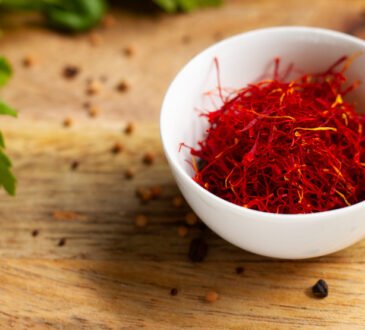
How to Grow Cauliflower at Home
Growing cauliflower at home can be a rewarding and enjoyable gardening project. With proper care and attention, you can harvest fresh, delicious cauliflower right from your own garden. Follow this step-by-step guide to ensure a successful cauliflower growing experience.
Step-by-Step Guide to Growing Cauliflower:
1. Choosing the Right Variety:
- Select Varieties: Choose a cauliflower variety that suits your climate and growing season. Popular varieties include ‘Snowball’, ‘Cheddar’, and ‘Graffiti’.
2. Starting Seeds Indoors:
- Timing: Start cauliflower seeds indoors 6-8 weeks before the last expected frost date in your area.
- Soil: Use a seed-starting mix that is light and well-draining.
- Planting Depth: Sow seeds about 1/4 inch deep in seed trays or small pots.
- Light: Place the seed trays under grow lights or in a sunny window to ensure they receive plenty of light.
- Watering: Keep the soil consistently moist but not waterlogged.
3. Preparing the Garden Bed:
- Location: Choose a sunny spot in your garden that receives at least 6 hours of direct sunlight per day.
- Soil: Cauliflower prefers rich, well-draining soil with a pH of 6.5-7.5. Amend the soil with compost or well-rotted manure to improve fertility.
- Spacing: Space rows 2-3 feet apart and plants 18-24 inches apart to allow for proper growth and air circulation.
4. Transplanting Seedlings:
- Hardening Off: Gradually acclimate seedlings to outdoor conditions by placing them outside for a few hours each day over a week.
- Planting: Transplant seedlings into the garden when they are 4-6 weeks old and the danger of frost has passed. Plant them at the same depth they were growing in their pots.
- Watering: Water the seedlings thoroughly after planting.
5. Caring for Cauliflower Plants:
- Watering: Keep the soil consistently moist, providing about 1-1.5 inches of water per week. Avoid letting the soil dry out.
- Mulching: Apply a layer of mulch around the plants to retain moisture, suppress weeds, and regulate soil temperature.
- Feeding: Fertilize the plants with a balanced vegetable fertilizer or a compost tea every 2-4 weeks.
- Blanching: To keep the cauliflower heads white and tender, tie the outer leaves over the heads when they are about the size of an egg. This process is called blanching and protects the heads from sunlight.
6. Pest and Disease Control:
- Common Pests: Watch for pests like aphids, cabbage worms, and flea beetles. Use organic pest control methods such as neem oil or insecticidal soap.
- Diseases: Prevent diseases like clubroot and black rot by rotating crops and ensuring proper spacing and air circulation.
7. Harvesting:
- Timing: Harvest cauliflower heads when they are firm and compact, usually 7-12 inches in diameter, depending on the variety.
- Cutting: Use a sharp knife to cut the head off the plant, leaving a few inches of the stem attached. Harvest in the morning when the temperatures are cooler for the best flavor.
8. Post-Harvest Care:
- Storage: Store harvested cauliflower heads in the refrigerator. They can last for up to two weeks if kept in a plastic bag or container.
- Usage: Enjoy fresh cauliflower in salads, stir-fries, soups, or roasted as a delicious side dish.

Conclusion
Growing cauliflower at home is a rewarding gardening endeavor that can provide you with fresh, healthy produce. By following this step-by-step guide, you can successfully grow and harvest cauliflower in your own garden. Ensure you choose the right variety, start seeds indoors, prepare the garden bed, care for the plants diligently, and protect them from pests and diseases. With patience and care, you’ll enjoy the fruits of your labor in the form of delicious, home-grown cauliflower.




